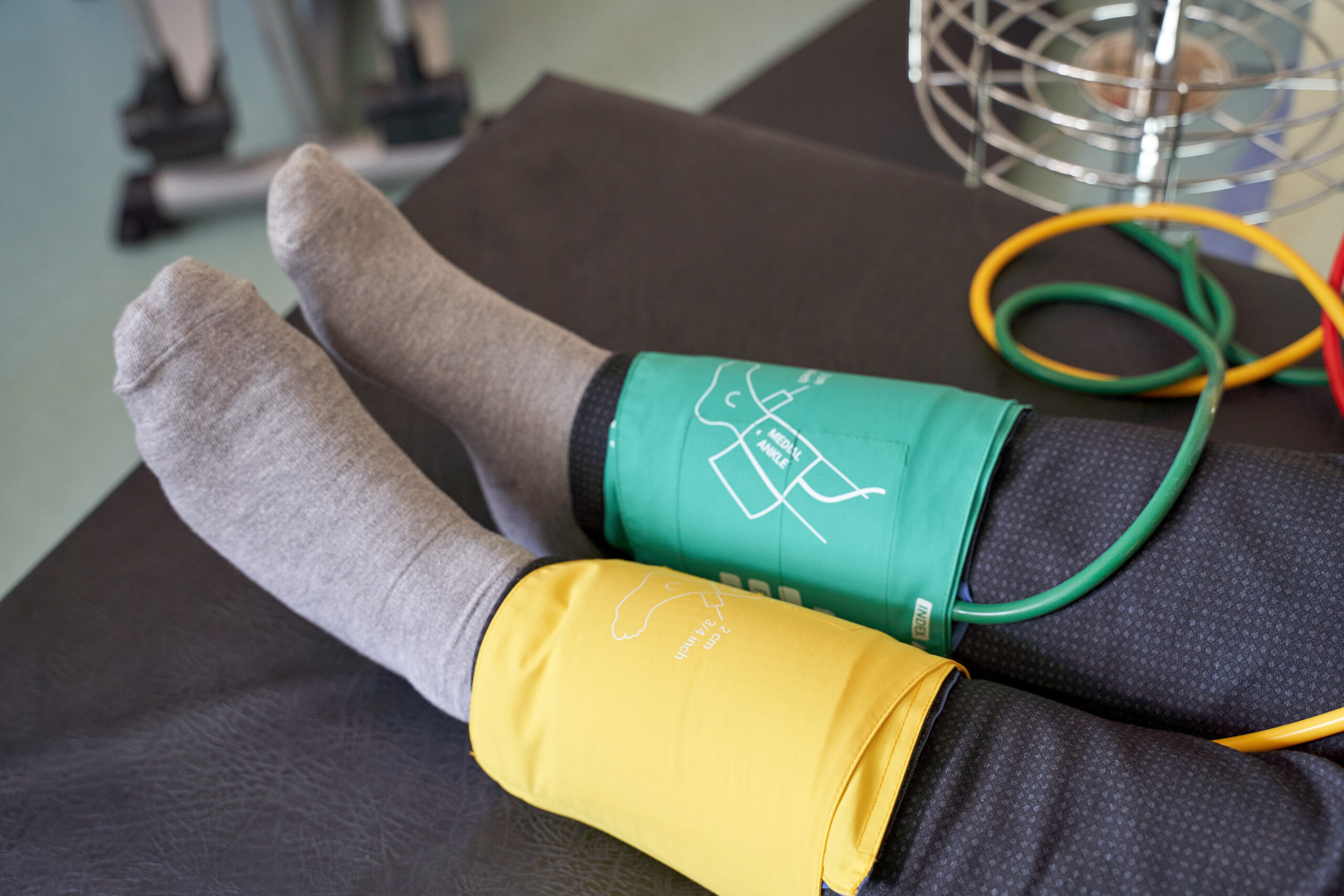Peripheral Vascular Disease (PVD) is a condition characterized by the narrowing or blockage of blood vessels, predominantly in the legs and arms. One of the hallmark symptoms of PVD is pain, which can range from intermittent discomfort to severe, chronic pain. Understanding the mechanisms underlying pain in Peripheral Vascular Disease is essential for effective management and improved quality of life for those grappling with this vascular disorder.
Ischemia, or inadequate blood supply to tissues, is a primary mechanism contributing to pain in Peripheral Vascular Disease. As blood vessels narrow or become blocked due to atherosclerosis or other vascular conditions, tissues downstream do not receive sufficient oxygen and nutrients. This leads to a state of ischemia, triggering pain receptors and causing discomfort. The severity of the ischemia corresponds to the intensity of the pain experienced by individuals with PVD.
Inflammation plays a crucial role in the mechanisms of pain in Peripheral Vascular Disease. The buildup of plaque within blood vessels can trigger an inflammatory response as the body attempts to address the damage. Inflammatory mediators, such as cytokines, contribute to the activation of pain receptors, amplifying the perception of pain. Additionally, inflammation can lead to swelling and further compromise blood flow, exacerbating ischemia and intensifying the pain associated with PVD.
Nerve compression is another mechanism that contributes to pain in Peripheral Vascular Disease. As blood vessels narrow, the surrounding tissues may compress nerves, leading to neuropathic pain. This type of pain is often described as tingling, burning, or shooting sensations. Nerve compression can occur at various points along the affected blood vessels, further adding to the complexity of pain experienced by individuals with PVD.
Collateral circulation, or the development of alternative blood vessels, is a response to the reduced blood flow in PVD. While collateral circulation is a compensatory mechanism, it can also contribute to pain. The newly formed vessels may not provide adequate perfusion to the tissues, leading to a mismatch between oxygen demand and supply. This imbalance can result in pain as the body’s attempt to meet the metabolic needs of the affected tissues falls short.
Intermittent claudication, a classic symptom of PVD, is characterized by pain and cramping during physical activity and is a result of inadequate blood supply to the muscles. The mechanisms underlying intermittent claudication involve the mismatch
between oxygen demand and supply during exercise. As the muscles work harder, the compromised blood flow cannot meet the increased demand, leading to pain. Resting often alleviates the symptoms, highlighting the role of ischemia in the manifestation of pain in PVD.
Psychosocial factors also play a significant role in the mechanisms of pain in Peripheral Vascular Disease. Individuals with PVD may experience anxiety and depression due to the chronic nature of the condition, lifestyle limitations, and the uncertainty surrounding disease progression. These psychological factors can amplify the perception of pain, contributing to the overall impact of PVD on an individual’s well-being.
Effective management of pain in Peripheral Vascular Disease involves addressing these complex mechanisms through a multidisciplinary approach. Lifestyle modifications, including regular exercise and smoking cessation, contribute to improved blood flow and overall vascular health. Medications such as antiplatelet agents and vasodilators may be prescribed to address underlying vascular issues and alleviate symptoms. In more severe cases, interventions such as angioplasty or bypass surgery may be considered to restore blood flow and alleviate pain.
Pain management strategies for PVD also encompass addressing psychosocial factors through counseling, support groups, and stress reduction techniques. Comprehensive care involves collaboration between vascular specialists, pain management experts, physical therapists, and mental health professionals to tailor an individualized treatment plan that addresses the unique mechanisms contributing to pain in Peripheral Vascular Disease.
In conclusion, the mechanisms of pain in Peripheral Vascular Disease are intricate and multifaceted, involving ischemia, inflammation, nerve compression, collateral circulation, and psychosocial factors. Recognizing and understanding these mechanisms are crucial for developing effective interventions that not only alleviate pain but also address the underlying vascular issues. A holistic and multidisciplinary approach to pain management ensures comprehensive care for individuals navigating the challenges of Peripheral Vascular Disease.
